I have 3 classes of task (I, D, U) which come in on a queue, tasks of the same class must be processed in order. I want tasks to run as concurrently as possible; however there are some constraints:
- U and D cannot run concurrently
- U and I cannot run concurrently
- I(n) requires U(n) has completed
Q: What design pattern(s) would fit this class of problem?
I have two approaches I am considering:
Approach 1: Use 1 Thread per task, each with its own queue. Each thread h开发者_StackOverflowas a synchronized start phase where it checks start conditions, then runs, then a synchronized stop phase. It is easy to see that this will provide good concurrency but I am unsure if it correctly implements my constraints and doesnt deadlock.
D_Thread { ...
while (task = D_Queue.take()) {
synchronized (State) { // start phase
waitForU();
State.setRunning(D, true);
}
run(task); // run phase
synchronized (State) { // stop phase
State.setRunning(D, false)
}
}
}
Approach 2: Alternatively, a single dispatch thread manages execution state, and schedules tasks in a ThreadPool, waiting if necessary for currently scheduled tasks to complete.
The Objective-C Foundation framework includes classes NSOperationQueue and NSOperation that satisfy some of these requirements. NSOperationQueue represents a queue of NSOperations. The queue runs a configurable maximum number of operations concurrently. Operations have a priority and a set of dependencies; all of the operations that an operation depends on must be completed before the queue will start running the operation. The operations are scheduled to run on a dynamically-sized pool of threads.
What you need requires a somewhat smarter version of NSOperationQueue that applies the constraints you have expressed, but NSOperationQueue and company provide an example of how roughly your problem has been solved in a production framework that resembles your second suggested solution of a dispatch thread running tasks on a thread pool.
Actually this turns out to be more simple than it seemed: a mutex is mainly all that is needed:
IThread(int k) {
synchronized (u_mutex) {
if (previousUSet.contains(k))) U(k);
}
I(k);
}
DThread(int k) {
synchronized (u_mutex) {
D(k);
previousUSet.add(k);
}
}
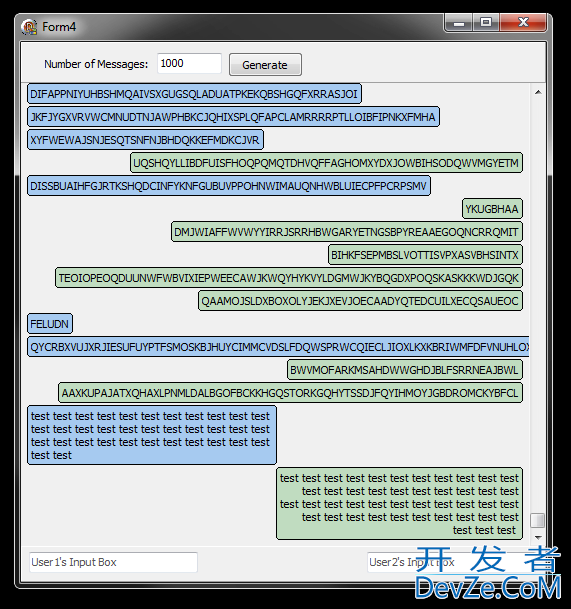
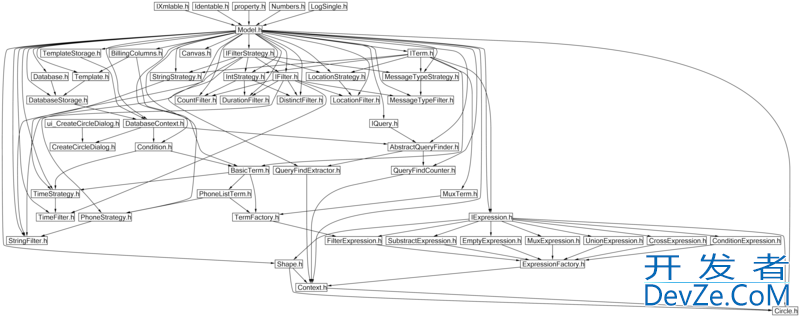
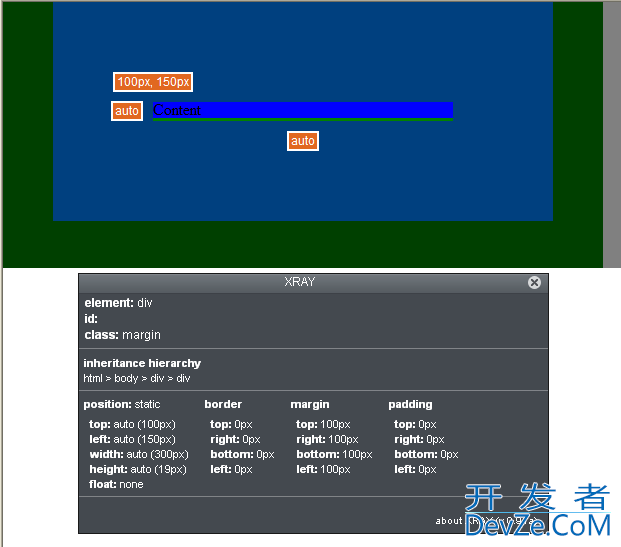

![Interactive visualization of a graph in python [closed]](https://www.devze.com/res/2023/04-10/09/92d32fe8c0d22fb96bd6f6e8b7d1f457.gif)
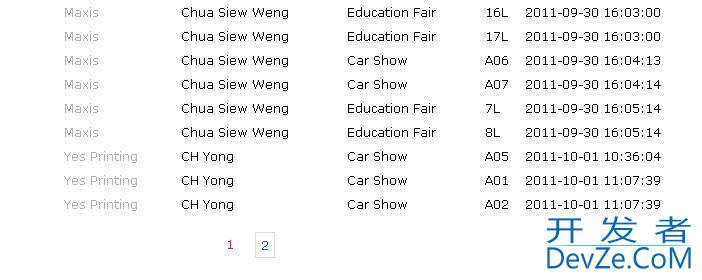
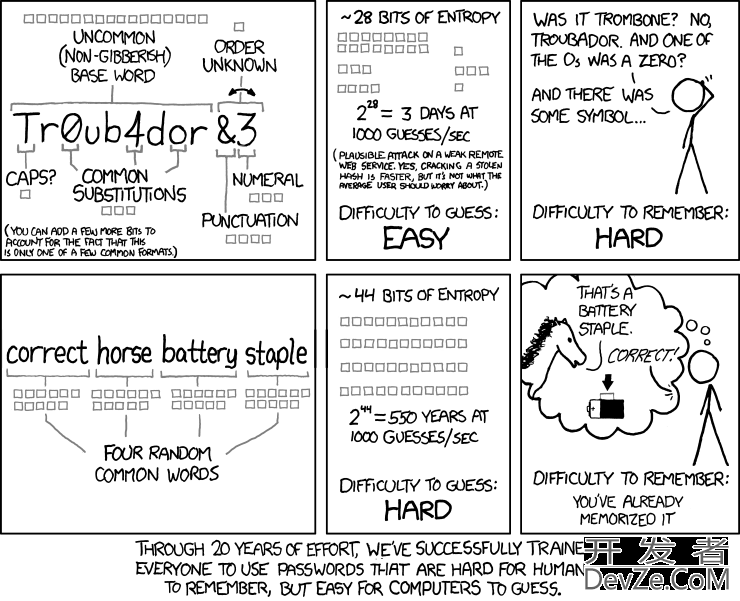

 加载中,请稍侯......
加载中,请稍侯......
精彩评论